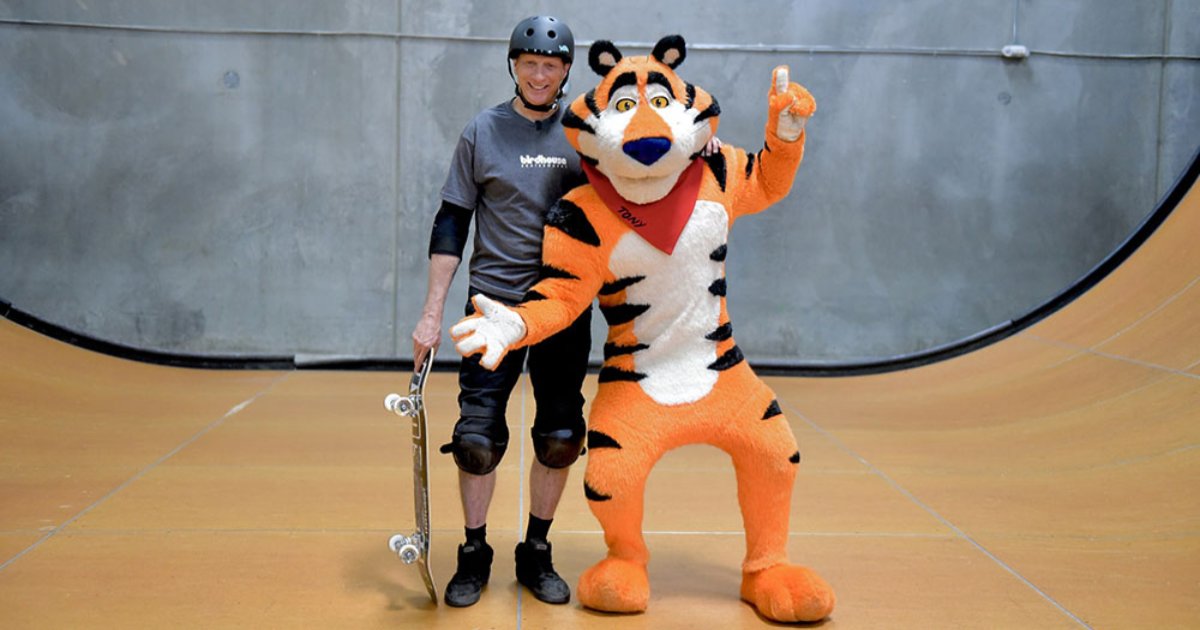Celebrities and Mascots Compete for Consumer Attention

By Mark Seavy
As brands battle for consumer attention, they’re increasingly deploying celebrities and developing mascots to connect with audiences.
Both have been viewed as key ingredients for marketing campaigns, with industry experts debating which—a celebrity or a mascot—is the better option.
Celebrities generate high endorsement potential and are associated with a short-term but significant spike in sales both for partner brands and for their own. A partnership with a celebrity also requires that brands align their messaging carefully to ensure the celebrity doesn’t outshine the product or service being promoted.
For fictional characters and brand mascots there is more consistent appeal, strong awareness, and nostalgic value. Mascots also avert the risks tied to celebrities whose relevance can fluctuate and whose popularity can take a hit depending on their personal behavior. However, some brands may not feel like a natural fit for a mascot character.
“Brands face a strategic choice—the controlled reliability of a brand mascot or the powerful but unpredictable impact of celebrity endorsers,” reported E-Poll Marketing Research, which compiles E-scores that measure consumer perceptions and assess risks using a data base of 13,500 celebrities, athletes, and newsmakers that is updated weekly. It also has a database of 3,000 brands that is updated monthly.
The research firm Distinctive BAT, meanwhile, found a preference for mascots in a recent survey. In measuring the effectiveness of celebrities like actors George Clooney (Nespresso) and Ben Affleck (Dunkin’) compared to brand mascots like Mars Inc.’s M&M characters and grocery chain Aldi’s Kevin the Carrot, the firm found 68% of consumers polled recognized mascots compared to 50% for celebrities. And 45% of those polled recognized the correct brand when a mascot was used compared to 21% for celebrities, potentially lending credence to the argument that mascots better align with brands.
“Celebrities catch our attention and that increases [the] chance that consumers will get exposed to the products in the ads,” Alan Jern, a cognitive scientist and associate professor of psychology at the Rose Human Institute of Technology, wrote in Psychology Today. “But if celebrities end up drawing attention away from the product a company is selling, a celebrity appearance could backfire.”
Additionally, mascots can hold consumer interest across generations.
For example, General Mills’ Pillsbury Doughboy, which it acquired in buying Pillsbury in 2001, first appeared in Leo Burnett-designed ads in 1965, and has since become a fixture for the baking products brand and spawned a line of collectibles.
In sports, meanwhile, mascots have long been a fixture. The San Diego Chicken (now The Chicken) kicked off the sports mascot craze in 1974 when it appeared in an animated TV commercial for KGB-FM Radio in San Diego. The Chicken was named one of the 100 most powerful people in sports for the 20th century by The Sporting News and, by 2015, had made 5,100 appearances in 917 different facilities, 50 states, and eight countries in more than 100 chicken suits. By 1978, MLB’s Philadelphia Phillies sought to keep pace with the San Diego Padres in introducing the Phillies Phanatic that was created by the Harrison/Erickson agency, triggering a mascot competition that has continued since.
Restaurants and convenience stores have also had their share of mascots, from McDonald’s Ronald McDonald to the 54-store travel area chain Buc-ee’s, whose mascot is a beaver in a red baseball cap that was inspired both by the chain’s childhood nickname and a 1950s Bucky Beaver cartoon character from Ipana toothpaste commercials. The Buc-ee’s mascot has been at the center of the chain’s expansion plans, which include branded consumer products and have drawn major crowds to grand openings.
“The choice between a celebrity and a mascot depends on the specific needs of the brand,” a licensing executive said. “If the goal is to quickly boost brand awareness and sales with a well-known figure, a celebrity might be the better choice. However, if the goal is to build a long-lasting, unique, and relatable brand identity, a mascot may be a more effective. Some brands may even choose to combine both approaches, using a celebrity to launch a new mascot or integrating a mascot into a celebrity-driven campaign.”




